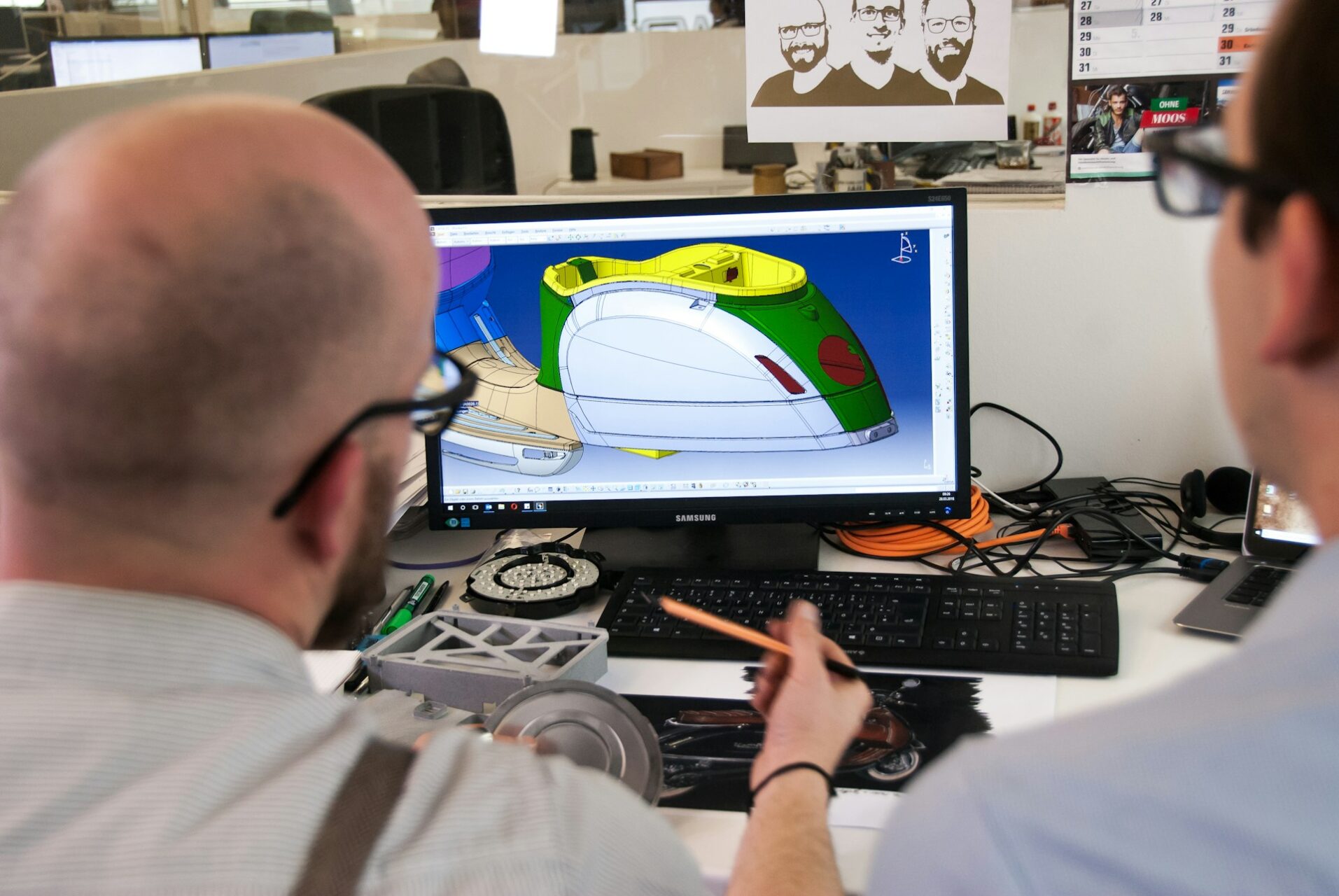Which Raw Materials Are Used in Semiconductor Chips?
September 27, 2023 - Ellie Gabel
Revolutionized is reader-supported. When you buy through links on our site, we may earn an affiliate commision. Learn more here.
Semiconductors power the Information Age. The semiconductors inside computer chips are made from raw materials like silicon, germanium, phosphorus, boron, indium phosphide and gallium. Without these substances, the world as we know it would look very different — there would be no smartphones or laptops, no rockets or electric cars. Here is a closer look at the most common raw materials used in building computers’ digital brains.
Silicon
The most commonly used raw material for making computer chips is silicon. This natural semiconductor — which is found in large quantities in beach sand — is effective for manufacturing transistors. Injecting imperfections into silicon can give it new electrical properties, making it even more useful for fabricating microchips.
The foundation of a microchip is silicon wafers or platforms. First, manufacturers clean, melt and chill silicon into an ingot. They then cut the ingots into very thin wafers and clean them to be very smooth.
Next, the wafers undergo photolithography to imprint structures on them. Ion implantation alters silicon’s electrical characteristics, while etching eliminates excess material. The next step is to attach metal circuitry — usually made from aluminum and copper — to the silicon wafer.
The U.S. is responsible for around 12% of semiconductor manufacturing capacity worldwide, making silicon a very valuable resource in the country.
Germanium
Another semiconductor with several uses in computer chips is germanium. It is crucial for making solar cells, fiber optic cables, satellite imagery sensors and military applications like night-vision goggles.
Germanium ores are rare — most germanium comes from coal fly ash or as a byproduct of zinc processing. According to the Critical Raw Materials Alliance (CRMA), China produces roughly 60% of the world’s germanium, exporting 43.7 metric tons of the material in 2022. Finland, Russia, Canada and the United States supply the rest.
Gallium
Found in trace amounts in bauxite and zinc ores, manufacturers use this raw material to make gallium arsenide for use in electronic chips. It is also useful in barometers, nuclear medicine tests, thermometers and some pharmaceuticals.
Processing bauxite to produce aluminum can yield gallium metal. Only one company in Europe makes gallium arsenide at the required purity, with China and Japan manufacturing the rest. Japan, Russia and South Korea produce small amounts of primary gallium.
Semiconductor wafers that contain gallium arsenide are more heat resistant and can operate at higher frequencies than those made of silicon. They are also quieter than silicon semiconductor chips — especially at high operating frequencies — which makes them useful for satellites, LEDs, radar and radio communication devices.
Indium Phosphide
This semiconductor has a high-collector, large emitter capacitance, a direct bandgap and low current density, making it popular for creating microelectronics. It is used in electronics like laser diodes and photonic integrated circuits in the optical telecommunications field. Indium phosphide is a binary compound of phosphorus and indium. Its name comes from the Latin word for violet — indicum.
Indium phosphide has a face-centered cubic crystal structure. Its crystal structure is similar to gallium arsenide, forming an excellent substrate for optoelectronic devices, and it is a common component of III-V semiconductors. It contains no metal, which is unusual amongst III-V semiconductors.
Indium phosphide is an important material in making lasers and for enabling photonic integrated circuits. Because it is highly sensitive to radiation, it is a great choice for building photovoltaic electronics such as solar cells. Indium phosphide is an excellent substrate for epitaxial optoelectronic devices that use a different semiconductor material, such as indium gallium arsenide.
One downside of indium phosphide is that it is expensive and not scaled for mass production, so finding a supplier for it can be challenging. Manufacturers can create the material via the reaction of indium iodide and white phosphorus at high temperatures. Another way to make it is to combine the purified elements at a high temperature and pressure. A third way to manufacture indium phosphide is to decompose a mixture of phosphine with a trialkyl indium compound.
Impurities for Doping
Manufacturing p-type and n-type semiconductors requires adding impurities to the silicon crystal to alter its electrical properties, a process called doping. P-type semiconductors have excess holes. N-type semiconductors have extra electrons. Together, they can form a p-n junction, the foundation for many types of semiconductors.
A dopant — a secondary substance used to create an impurity — possesses three or five valence electrons. Two common types of dopants include:
Boron
This raw material — a brittle, lustrous metalloid — is critical for making computer chips. Its main use is to bind different materials together, improving their efficacy. It can also cause insulators to be more conducive to electricity. Turkey is the largest producer of boron.
Boron improves the dielectric strength of polymers, which are part of sealing gaskets, capacitors and the insulation layers on wires. Boron-doped fiber amplifiers allow better signal transmission within fiber-optic communication systems. This element is useful for doping semiconductors like silicon carbide, silicon and germanium.
Phosphorus
A phosphorus atom works as a dopant by occupying the same spot in the crystal structure that a silicon atom formerly occupied. Four of its valence electrons replace four silicon valence electrons. The fifth one remains free and unbonded to any other electrons. Substituting many silicon atoms with phosphorus frees up numerous electrons that can move around the crystal.
The most common way to dope a semiconductor in a microchip is to coat the top of a silicon layer with phosphorus and then heat up the layer’s surface. Doing this lets the phosphorus diffuse into the silicon. Then, manufacturers lower the temperature so that diffusion stops. Other ways to dope silicon with phosphorus include liquid spray-on processes, gaseous diffusion and driving phosphorus atoms directly into the silicon’s surface.
The Importance of Semiconductors in Computer Chips
The raw materials used to make semiconductors are essential for manufacturing computer chips. Although most people do not give it much thought, these raw materials power everything from medical devices to gaming consoles, bringing electronics online. Semiconductors enable the rapid growth of technology and knowledge — and the world is a brighter place as a result.
Revolutionized is reader-supported. When you buy through links on our site, we may earn an affiliate commision. Learn more here.
Author
Ellie Gabel
Ellie Gabel is a science writer specializing in astronomy and environmental science and is the Associate Editor of Revolutionized. Ellie's love of science stems from reading Richard Dawkins books and her favorite science magazines as a child, where she fell in love with the experiments included in each edition.




